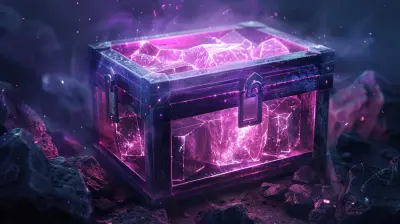PlayStation Exclusives That Perfect the Open-World Formula
23 July 2025
Open-world games have come a long way. That sense of total freedom? Roaming through detailed cities, lush forests, and post-apocalyptic wastelands? We’ve all fallen in love with it. But here’s the thing—no one nails the open-world experience quite like PlayStation. They’ve consistently delivered jaw-dropping, genre-defining hits that go beyond just a big map and endless things to do. These are worlds that feel alive.
In this article, we’re going all in on the PlayStation exclusives that absolutely perfected the open-world formula. Not just games with big spaces, but experiences that feel deeply immersive, emotionally gripping, and crafted with insane attention to detail.
Let’s break it down, game by game.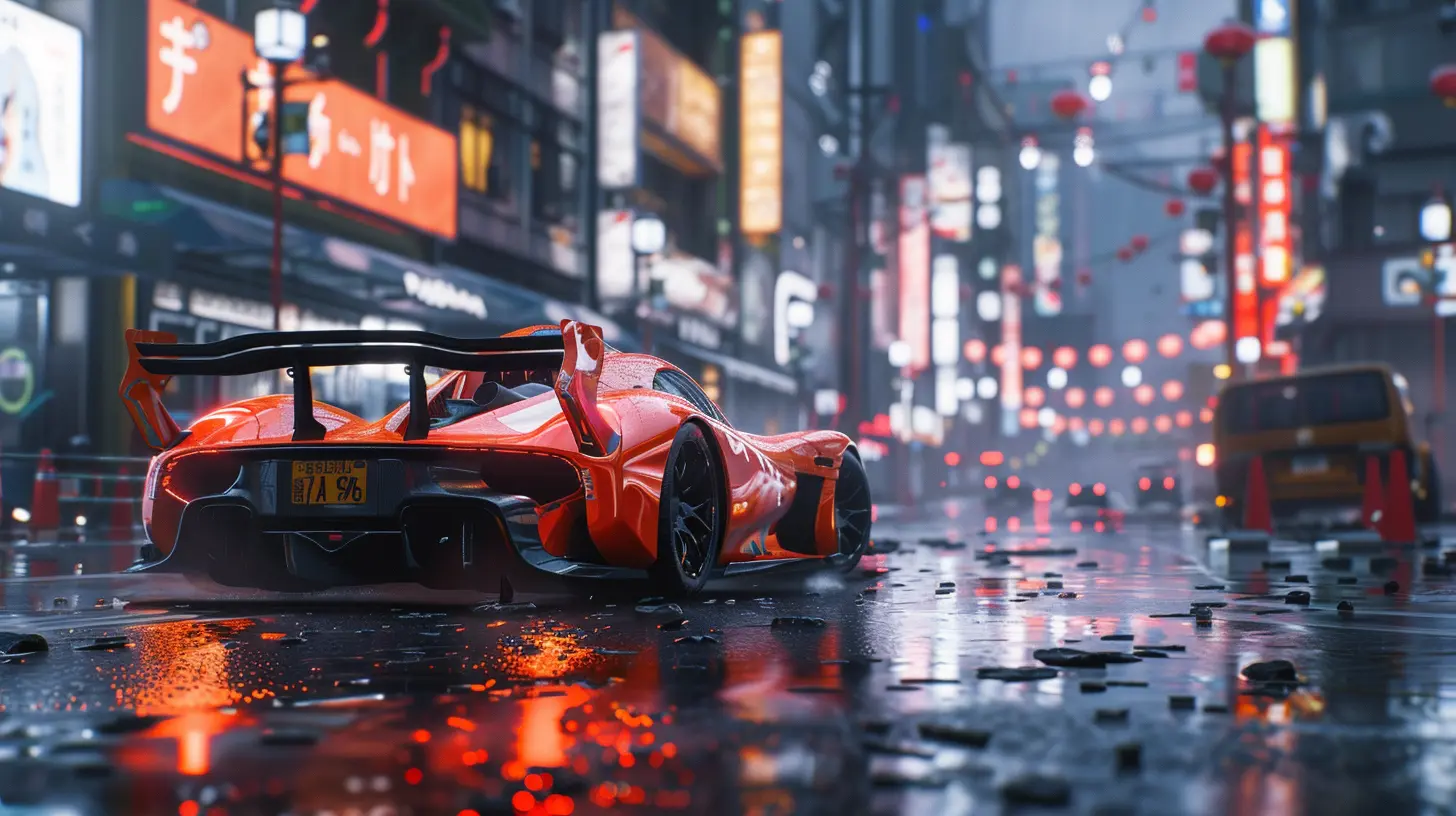
Horizon Zero Dawn — A Post-Apocalyptic Playground Like No Other
Ever wondered what it would be like to hunt robotic dinosaurs in a world overgrown with nature? That’s Horizon Zero Dawn in a nutshell. Guerrilla Games hit it out of the park with this one.Set in a future where civilization is long gone and machines rule the land, you play as Aloy, a fierce outcast with a mysterious past. What makes Horizon stand out isn’t just the story (which is excellent, by the way), but the way the world reacts to you. The dynamic weather, day-night cycle, and AI behavior make everything feel organically alive.
And let’s talk about the design. The game doesn’t just drop you in a sandbox—it gives you purpose. Every machine has weaknesses to exploit, every quest adds lore, and exploration feels more like uncovering a lost civilization than just ticking off objectives.
This is open-world storytelling at its finest.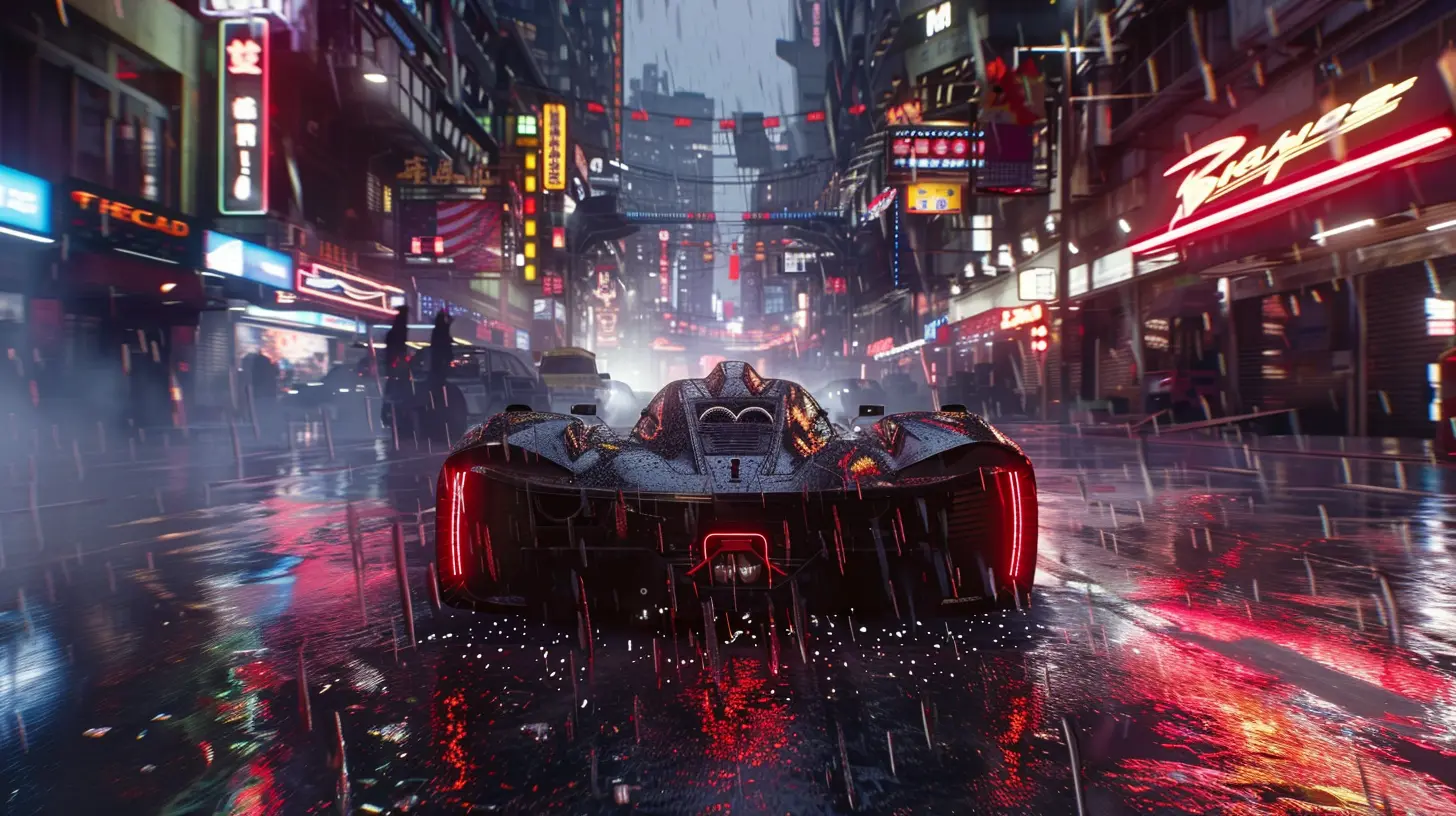
Ghost of Tsushima — Art in Motion
If Horizon brought the wild future, then Ghost of Tsushima gave us a stunning look into 13th-century Japan. Sucker Punch took a bold move by focusing on style, atmosphere, and cinematic storytelling—and it paid off big time.The island of Tsushima is an open-world masterclass. It doesn’t throw a million icons at you. Instead, it invites you to explore organically. Want to find a hidden shrine? Follow the wind. Curious about a side quest? A fox might lead you there. It’s all about flow, not force.
The combat? Fast, fluid, and brutally satisfying. You feel every sword strike, every parry, every deadly standoff. And by the end, you’re not just playing as Jin Sakai—you are him, torn between honor and duty.
Ghost of Tsushima isn’t just a game; it’s poetry in pixels.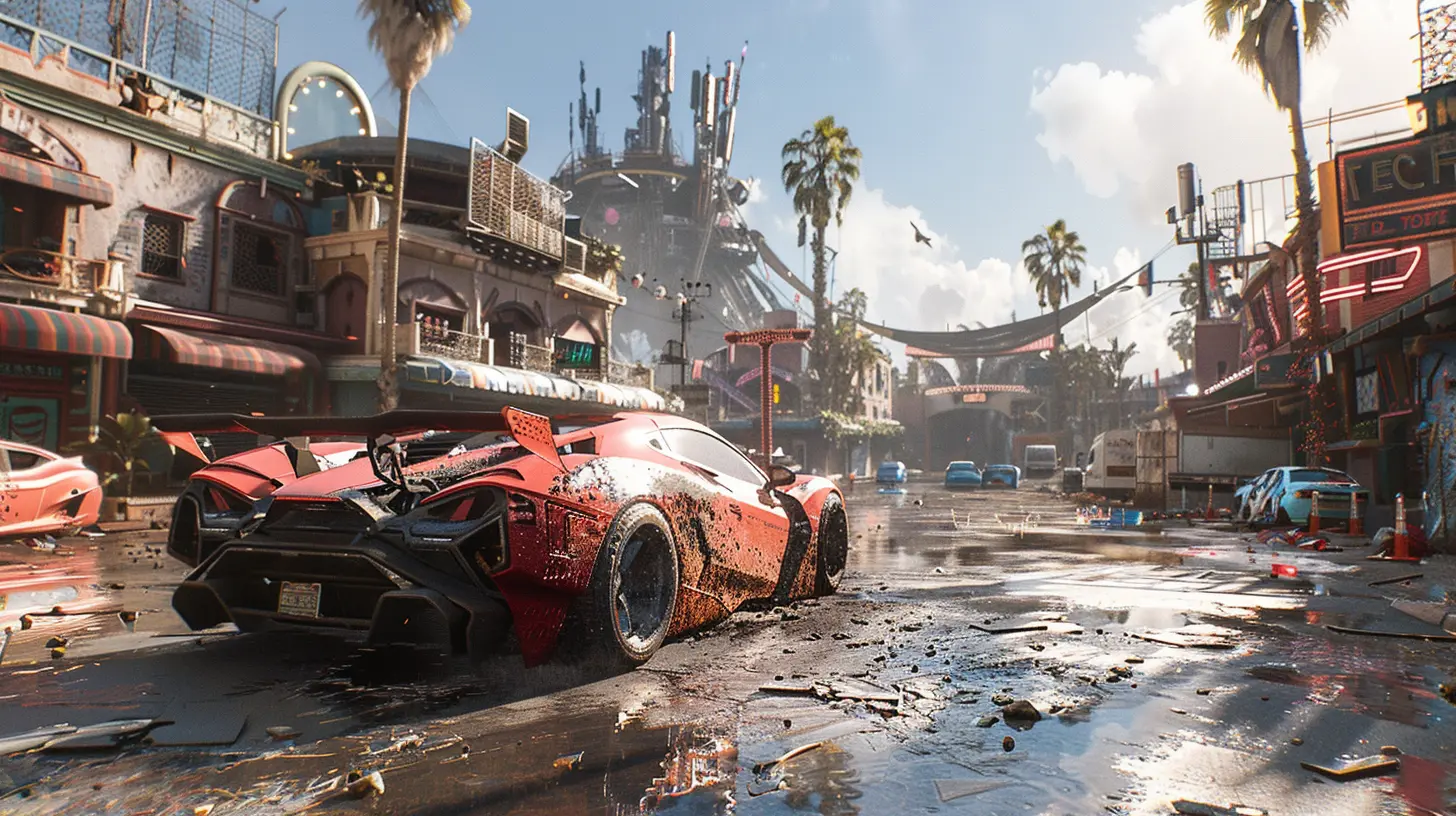
Marvel’s Spider-Man — Web-Slinging Wonder
You can't talk open-world PlayStation exclusives without shouting out Insomniac’s Spider-Man. This isn’t just a good superhero game—it’s a phenomenal open-world experience by any standard.First, the traversal. Swinging through Manhattan feels so ridiculously smooth and satisfying that you might find yourself ignoring fast travel completely. And that’s saying something. The city’s design is polished to perfection—every rooftop, alley, and billboard adds to the immersion.
Combat borrows the best from the Batman Arkham series but adds Spidey’s trademark agility and flair. Plus, the story isn’t just tacked on. It’s emotionally rich, with some truly tear-jerking moments (if you know, you know).
This is how you take a beloved character and give fans the open-world playground they’ve always dreamed of.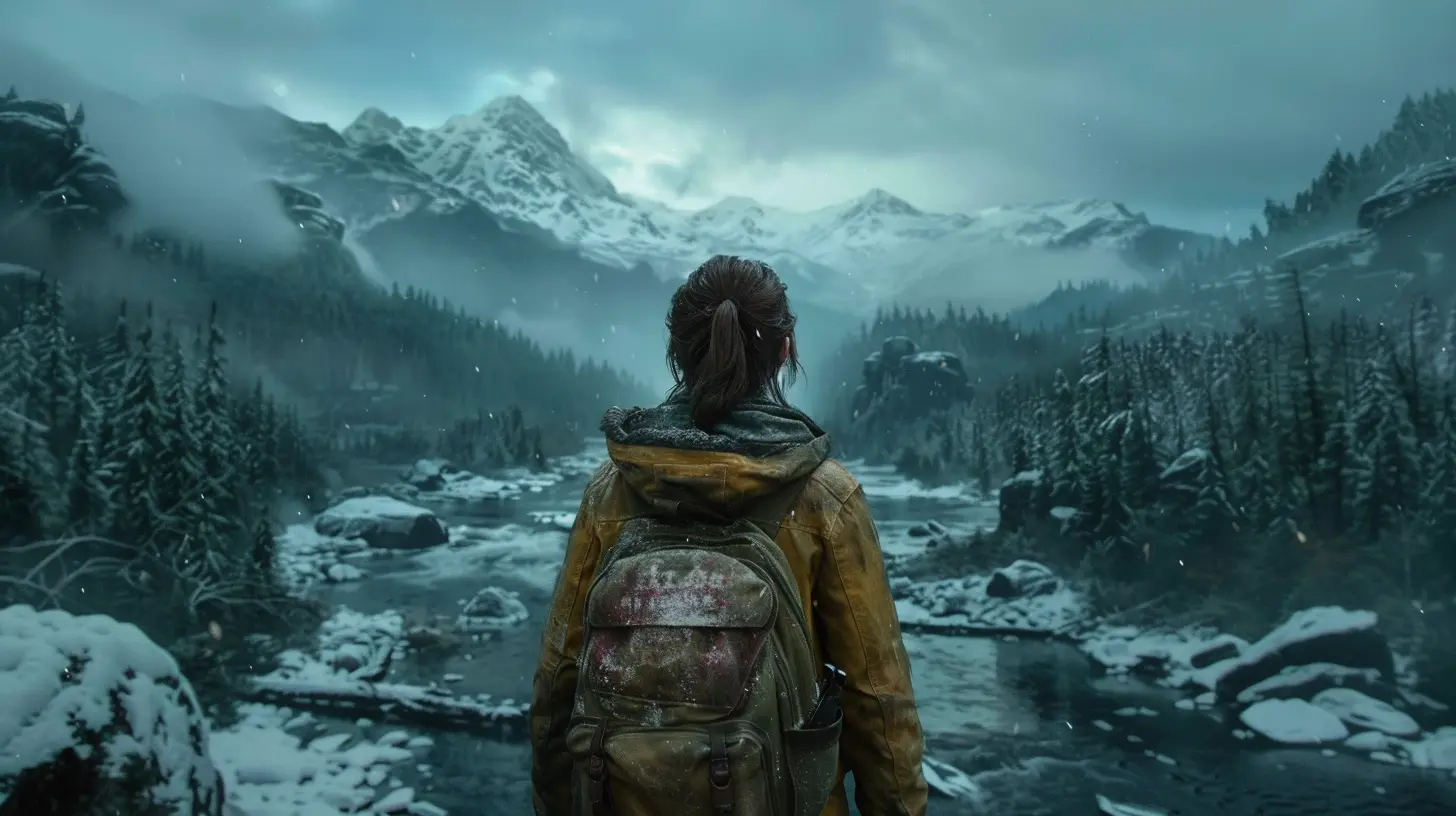
Days Gone — The Underrated Gem
Okay, hear me out—Days Gone didn’t get the roses it deserved at launch. But over time? Gamers came back, and many realized it’s one of PlayStation’s most quietly brilliant open-world titles.Set in a gritty, post-apocalyptic Pacific Northwest, you play as Deacon St. John, a biker-turned-survivor searching for love and redemption. The world here isn’t just big—it’s dangerous. Freaker hordes (basically fast, terrifying zombies) roam in packs, and they don’t care if you’re in the middle of a mission.
What makes Days Gone special is how personal it feels. The bike isn’t just a vehicle; it’s your lifeline. Upgrading it becomes second nature. The survival mechanics, dynamic weather, and surprisingly emotional story all come together to pull you in deeper.
It’s slower paced, sure. But that’s the point. You live in this world, and it lives with you.
The Last of Us Part II — A Semi-Open World Full of Emotion
Now, this one toes the line between linear and open-world, but it deserves a place here. Naughty Dog’s The Last of Us Part II may not have a massive map like Skyrim, but the way it handles open environments is second to none.Each area you explore feels handcrafted, not procedurally generated. From Seattle’s flooded downtown to the overgrown suburbs, every level tells a story—even without dialogue.
What really sets it apart? Emotional investment. The world here isn’t just designed for play—it’s designed for storytelling. You’ll explore abandoned homes and stumble on heartbreaking letters, journals, and voice messages. It’s environmental storytelling at its peak.
Plus, there’s real pressure. Supplies are limited, danger lurks around every corner, and the stakes feel sky-high from start to finish.
It’s not open-world in the traditional sense, but it redefines the possibilities of what an open world can do emotionally.
Death Stranding — The Weird, Wonderful Wilderness
Alright, not everyone’s going to agree with this one—but if you’re after a truly unique open-world experience, look no further than Kojima’s Death Stranding.Yes, it’s weird. Yes, it’s full of long hikes and baby jars and ghost creatures. But underneath all the “what the heck am I playing?” moments lies something beautifully profound.
The open world of Death Stranding isn’t about filling a map with icons. It’s about connection. Every bridge you build, every ladder you place—it helps other players. And vice versa. You start to feel part of a shared world, even if you never see another soul.
Add to that some of the best visuals, haunting music, and Kojima’s signature storytelling, and you’ve got a game that challenges what the open-world formula even is.
Why PlayStation Gets It Right
Okay, so why are we hyping up PlayStation when plenty of open-world hits exist elsewhere too?Simple: Intentionality.
PlayStation exclusives don’t just build big worlds. They build smart ones. Each of these games is designed with meticulous care. Narratives aren’t bolted on after the fact—they're woven directly into the environments. Gameplay systems support immersion, not just completion.
They ask you to invest emotionally, to care about the world and its people, and to lose yourself in their stories. And that’s what sets them apart.
Honorable Mentions
We could go on for days, but here are a few more that deserve a quick nod:- Ratchet & Clank: Rift Apart – Not entirely open-world, but the dimensional hopping is buttery smooth and feels super expansive.
- Returnal – A roguelike with semi-open areas that feel alien, eerie, and deeply immersive.
- Gran Turismo 7 – While not a narrative-driven open world, the sheer detail and depth in its racing ecosystem offer a different kind of open-world simulation.
What’s Next for Open-World PlayStation Games?
With titles like Marvel’s Wolverine and a potential Ghost of Tsushima sequel on the horizon, things are looking exciting. We’re also hearing rumors about new IPs that aim to push the boundaries of what open-world even means.Will we see more interactivity? AI-driven narrative branches? Co-op experiences that don’t sacrifice immersion? Only time will tell—though with PlayStation’s track record, we’ve got plenty to look forward to.
Final Thoughts
PlayStation didn’t invent open-world games, but it sure knows how to refine them. Whether you're stealthing through bamboo forests, scaling rooftops in NYC, or riding through a zombie-filled valley with a shotgun by your side—these experiences elevate what the genre can be.They’re more than just games. They’re journeys. Emotional, immersive, unforgettable journeys.
So, the next time you’re browsing for your next great open-world experience, look no further than that sleek black console under your TV. There's a whole universe waiting—and PlayStation’s already got the map drawn out for you.
all images in this post were generated using AI tools
Category:
Playstation ExclusivesAuthor:

Pascal Jennings
Discussion
rate this article
1 comments
Celeste Sawyer
Open-world games on PlayStation: where you can spend hours exploring breathtaking landscapes, only to get lost on the way to the bathroom. Who knew adventure could be so...urgent?
August 5, 2025 at 4:14 AM

Pascal Jennings
Haha, true! Open-world games create epic adventures, but sometimes the bathroom breaks become the real challenge! 🕹️🚽

